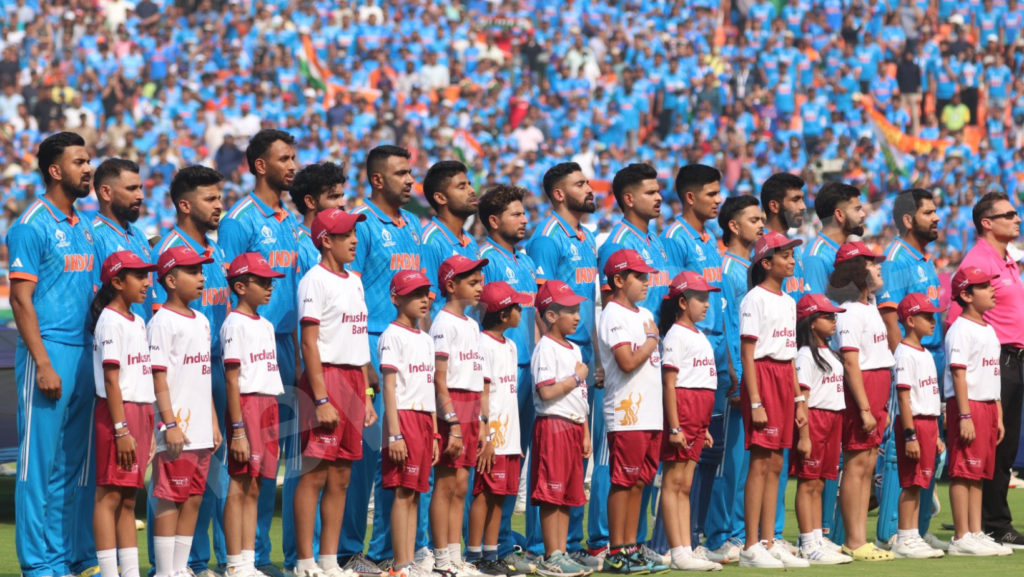
The 2023 World Cup was the most-watched cricket tournament ever. And by a distance, with 1,250,307 coming through the turnstiles over the six weeks. The concurrent viewership for the final was a staggering 53 million. Now, these are great numbers that give us a lot of hope and optimism about the format and also the future of the tournament. Imagine 50 million people – almost the population of a big European country – watching a game together! For almost all India games, the numbers were sensational. But that’s where the issue lies – India games.
While we have seen the total viewing figures, have we seen the figures for the non-India games? How much did people consume sport, and how much did they feat on a diet of hyper-nationalism? Did we really watch quality cricket, or was it also about a jingoistic spectacle unfold? A comparison of the viewing figures for the India-New Zealand semi-final and the Australia-South Africa one would perhaps be an important case study, especially given how the second game showcased one of the sport’s great rivalries.
The reactions after India’s loss are key to understanding behaviour. It is as if all is lost. The 10 games won on the trot to make the final are of no relevance. Trolling and abusing the same players who were hyped to the skies just a week ago is once again the norm. It is as if the World Cup was staged only for India to win, and any other outcome was unacceptable.
This is where I worry for cricket. I can understand why the broadcaster wants to push for a 10-team tournament in 2027, and not a 14-team extravaganza. They are into business and profits, and not social work. Why should they take the risk when they know non-India games won’t fetch numbers and will result in serious losses? Having paid top dollar for the rights, every broadcaster would want to recoup their money, and the viewership for non-India games would influence hard business calls.
One country can’t drive a sport. That’s largely the problem with cricket’s finances. India may not have won an ICC trophy in more than 10 years, but the fact that 80 percent of the revenue is generated by one country is a serious issue going forward. It will mean high risk because only India games sell and anything else is a frill. It also suggests that we in India don’t really love our cricket. We’re more enamoured of a nationalist spectacle which should have one winner in the end – India.
For FIFA or the IOC, this is never an issue. While the IOC depends on US broadcast money, the balance isn’t as skewed as it is in cricket. More than who won or who lost, this is the one thing that needs to change for the sport to be vibrant in the long run. We need more global superstars, not just one Virat Kohli or Rohit Sharma, whose social-media footprint dwarfs everyone else’s put together. That is how the sport will be protected.
The World Cup was a resounding success. It has also become a case study for what the sport needs. It needs global support and not just ultra-nationalist Indian fans who only care if their team wins. That’s where cricket, and India, can do much better going forward.



